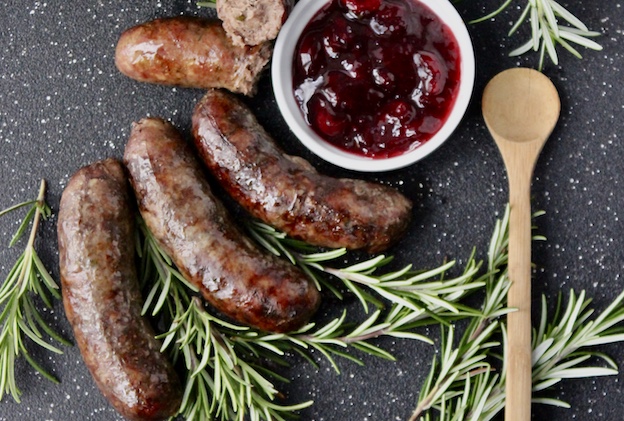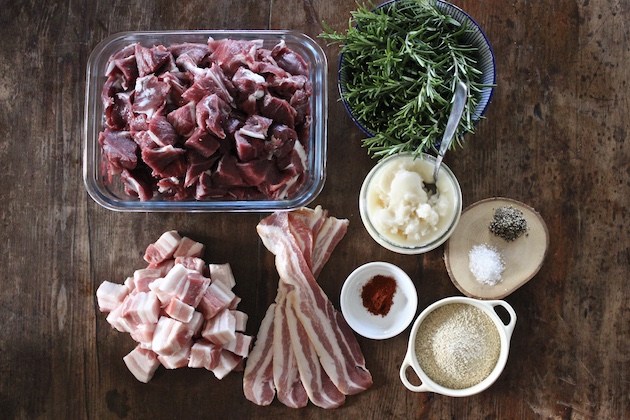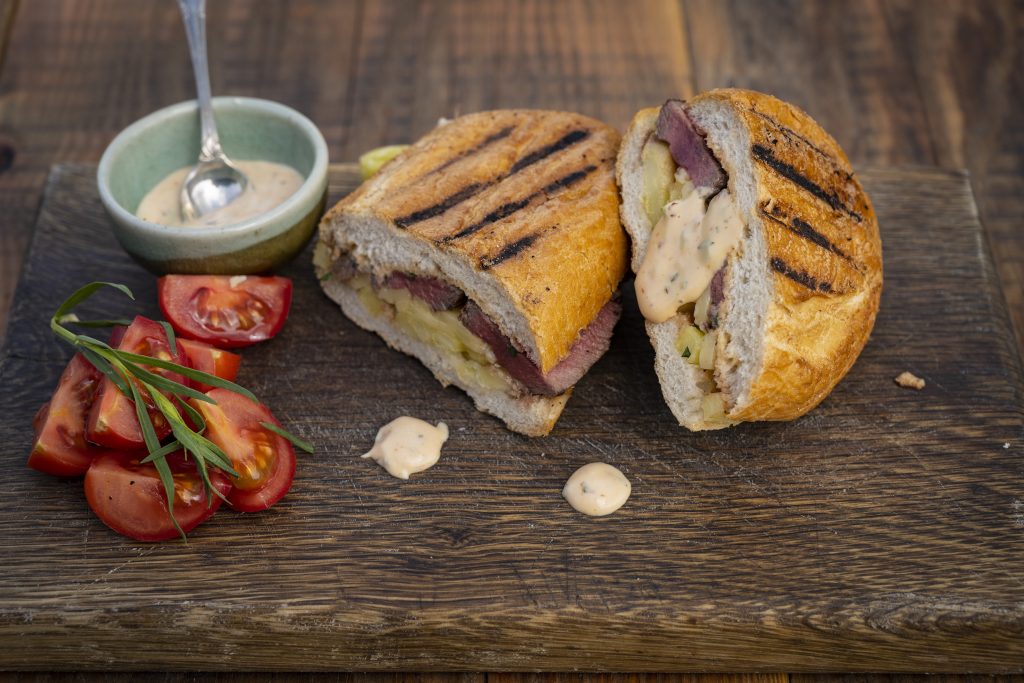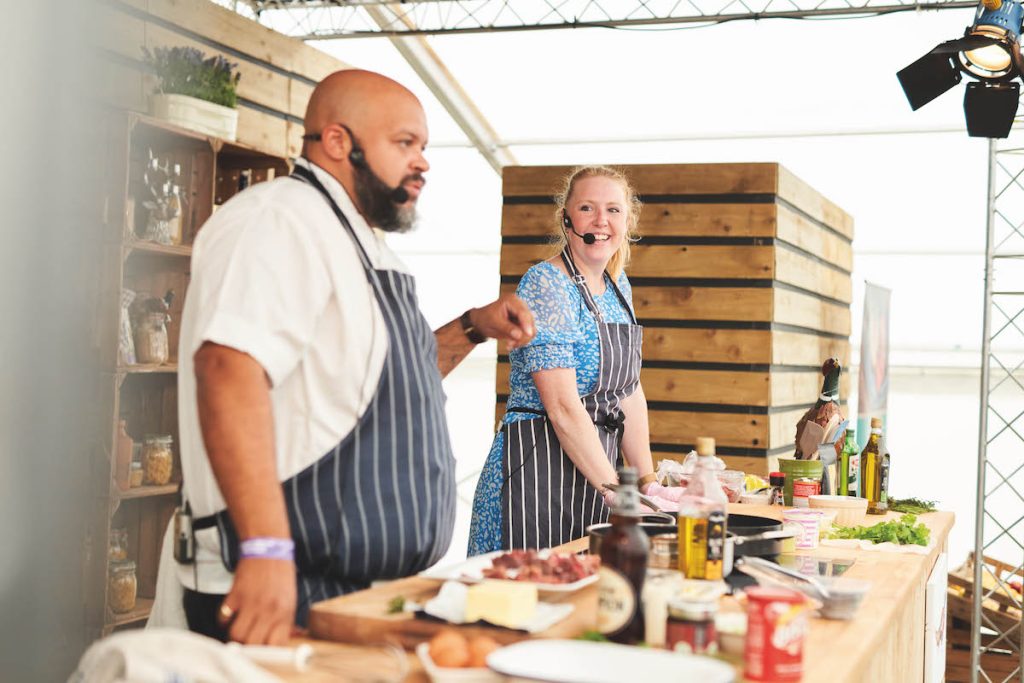Win CENS ProFlex DX5 earplugs worth £1,149 – enter here
A simple recipe for venison sausages
 Venison and Rosemary game sausages, served with cranberry sauce
Venison and Rosemary game sausages, served with cranberry sauce
Recipe for venison sausages
Making sausages at home is simple, requiring little specialist knowledge or equipment. However you will need a way of mincing the ingredients and a means of getting the result into an edible tube. (Read which deer species offers the best tasting venison?)
Another good thing is that by making your own sausages you will know exactly what is going into them (and what isn’t).
Mincing venison
Simple hand-cranked mincers — the sort that your grandmother had — can be bought cheaply and are a great place to start if you aren’t planning on mincing large volumes. Electric mincers capable of dealing with much greater quantities come with a correspondingly higher price tag.
Most modern food processors are capable of mincing your ingredients for this recipe for venison sausages if you are unsure about splashing out on a mincer. However prompt use of the power button is required to avoid making the mixture too fine. (Read this list of the best food processors if you’re thinking of buying one. )

A variety of fats can be used in sausages – pork belly, bacon and duck fat all work well.
Ingredients (makes 14)
- 1kg of venison shoulder or flank, diced into 1in-thick cubes
- 300g pork belly or 200g fatty bacon, diced
- 100g fine breadcrumbs
- 2 tsp smoked paprika
- A fistful of fresh rosemary, finely chopped
- 2 tsp fine salt
- 2 tsp coarsely ground black pepper
- 100ml cold water
- 2m of hog casing, soaked for an hour in cold water and rinsed inside and out (see note below on casings)
Method
- Mix all the meat and fat together in a large bowl then pass it through your mincer twice. If using a food processor, pulse until a regular consistency is reached without it becoming too fine.
- Tip the mixture on to a clean surface. Spread it out evenly and scatter the herbs, seasoning and breadcrumbs across it, then knead these in with your hands.
- Add the water slowly, continuing to knead until it is all absorbed and the mix has an even texture.
- Slide the soaked casing on to the filler nozzle, leaving a few inches hanging over the end to tie a knot in later.
- Put the mix inside the stuffer and crank the handle. You may need to moisten the casing with a little water so keep some handy. Continue filling till the mixture is used up.
- Faced with your giant proto-sausage, fold it into a tight “U” shape and pinch the casing at the halfway point. Twist one half a few times to make the first link and create two equal lengths.
- Repeat this process down each length, producing pairs of equal-sized sausages. Twist the pairs together to form a string and tie both open ends of the casing. The sausages will benefit from being refrigerated for a day or so to allow the flavours to develop.
(Read our tips on freezing game and venison.)
Casings
Though it is possible to buy synthetic skins or “casings” for sausages, natural ones are more popular, most commonly coming from the intestines of cows, sheep or pigs — this last being the casing used for the “classic” British banger. Casings can be bought online cheaply and will arrive packaged on spools and covered in salt. These are perfectly stable and can be stored in the fridge for several months.
You might also like to read our recipe for venison burgers.
This recipe was originally published in 2019 and has been updated.
Related Articles
Get the latest news delivered direct to your door
Subscribe to Shooting Times & Country
Discover the ultimate companion for field sports enthusiasts with Shooting Times & Country Magazine, the UK’s leading weekly publication that has been at the forefront of shooting culture since 1882. Subscribers gain access to expert tips, comprehensive gear reviews, seasonal advice and a vibrant community of like-minded shooters.
Save on shop price when you subscribe with weekly issues featuring in-depth articles on gundog training, exclusive member offers and access to the digital back issue library. A Shooting Times & Country subscription is more than a magazine, don’t just read about the countryside; immerse yourself in its most authoritative and engaging publication.







